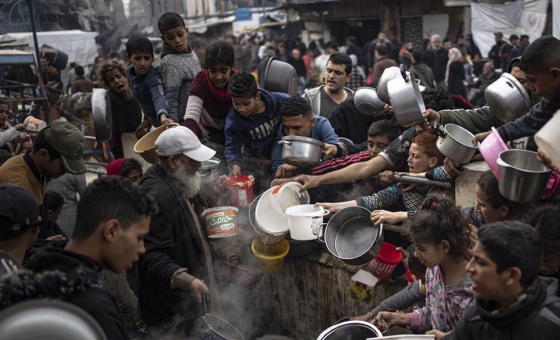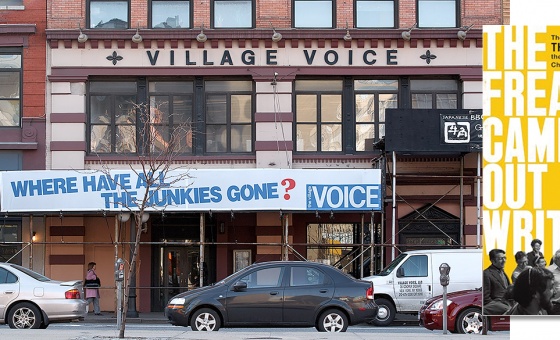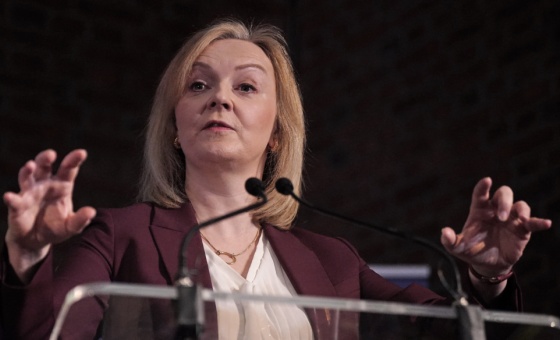This is the last article you can read this month
You can read more article this month
You can read more articles this month
Sorry your limit is up for this month
Reset on:
Please help support the Morning Star by subscribing here
GUARDIAN editorials are often ponderous affairs bordering on the pious but a commentary on the ending of lockdown at the beginning of July suddenly opined that “Revolutions are not inevitable” and went on to note that sharp jolts to the system often saw “normality” return later.
It sounded rather like the Guardian urging its readers to keep calm in the face of possible social upheaval, which they might applaud around the world but be more doubtful about closer to home.
There certainly is a link between epidemics of disease, their impact and social unrest.
In pre-modern history plagues could wipe out significant sections of the population and create conditions for what is now known as “regime change.”
The Black Death in 1348-9 is thought to have killed around 40 per cent of the population in some cases, for example, sparking social upheaval.
From the 19th century on this has been less the case. Societies began to be able to control disease better.
While successive epidemics of diseases like cholera and TB swept the world in the 1800s — and in fact still do in some parts the globe — and large numbers died as a result, the proportion of now much larger populations impacted was more limited.
Even the most severe cholera epidemics killed at local peaks 15-20 per cent of people.
The relationship between epidemics, their impact on society and protest and change has been more complex in the last 200 years but there is still definitely a relationship.
Haitian dictator “Papa Doc” Dhuval was ousted in 1986 following popular unrest.
This related to a rise in Aids cases in the country which put off visitors from the US — sensibly or not — and caused a collapse in the tourist trade, a central feature of the economy. The resulting job losses led to revolt.
This pattern can be broadly seen in 19th-century cholera epidemics.
The two largest took place between 1830-32 and 1848-49. These were times of social change and revolution around the world.
Wars and revolutions also provoke population movements and refugees. This was a way that epidemics spread in the 19th century and remains so in 2020.
The link between epidemics and revolution was a strong one, at least in the minds of reactionaries.
In France in 1849 some called cholera a “revolutionary infection,” seeing its spread as being caused by the “dangerous classes” every bit as much as revolt could be.
More often, though, it was not revolution but riot and protest around epidemics and their impact that were seen.
With job losses, poverty and lack of adequate food, the issue was who to focus protest on.
Governments were an obvious and relevant area, with claims that they did little because they were not troubled by deaths of poor people.
Sometimes it was medical authorities themselves who were faced with protests that they had not done enough. Much of this may seem rather familiar in 2020 as well.
How to address the impact of an epidemic and what measures need to be taken is not new either.
In a new year editorial on January 1 1849 the Chartist Northern Star addressed the matter.
“Let the rich cleanse the dwellings of the poor and substitute comfortable homes for wretched ones.
“Let employment be found for the unemployed that they may exchange their rags for warm and fitting clothing, and target hunger’s pangs by obtaining a fair share of food which of right belongs to them.
“Let the rich, the privileged and the proud, pause in their career, and ‘learn to do justice and love mercy’.”
Sentiments that still hold true 171 years on.










